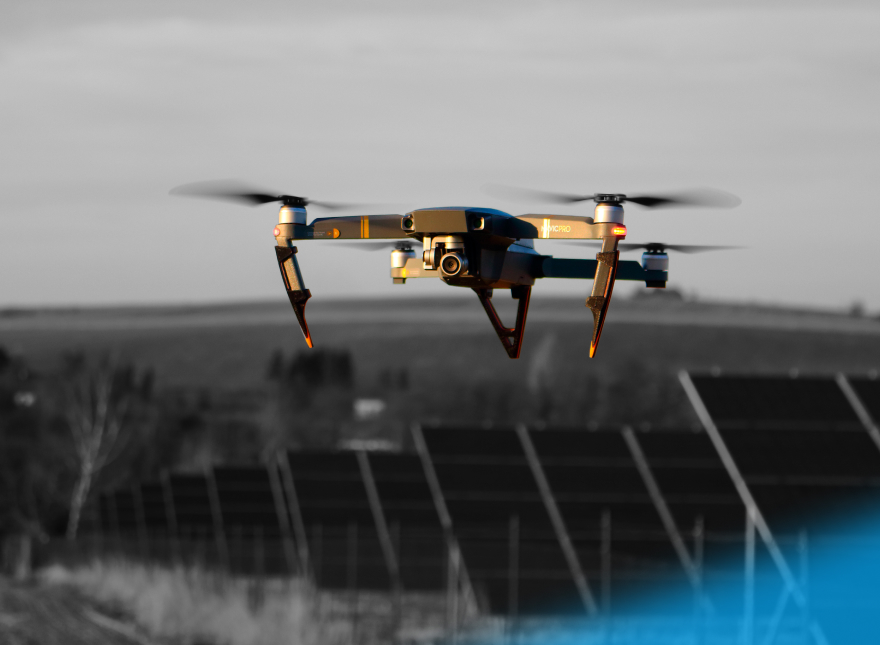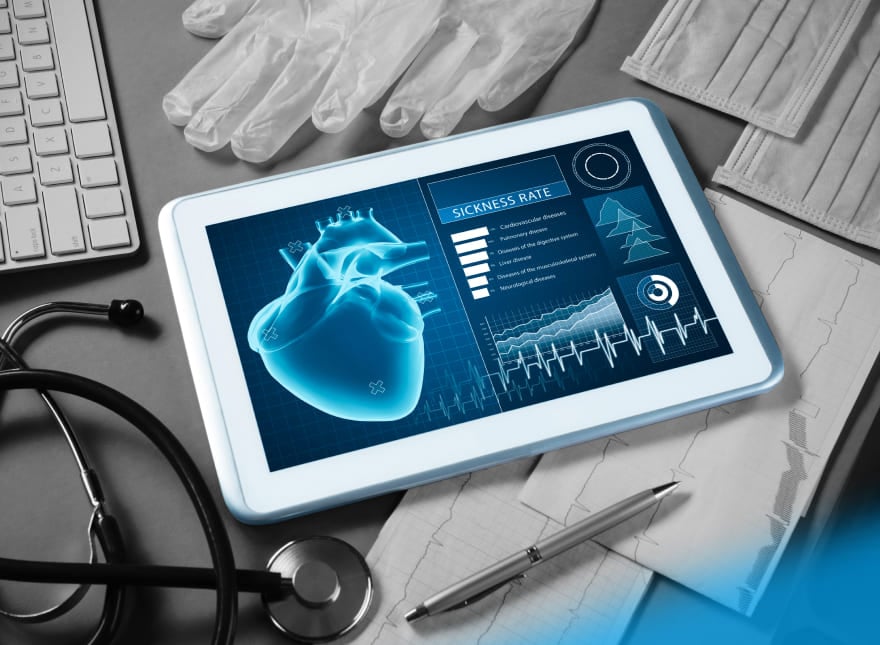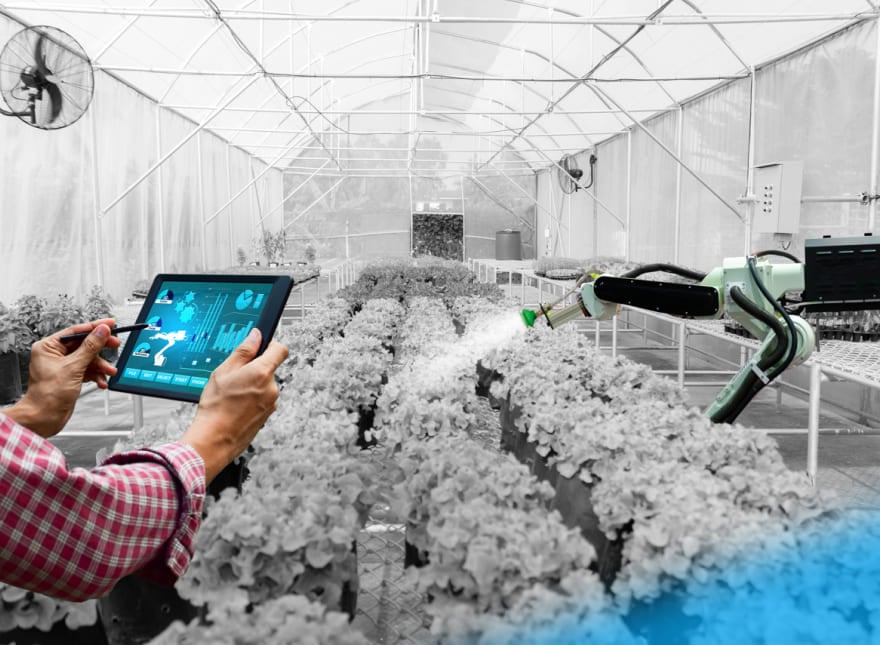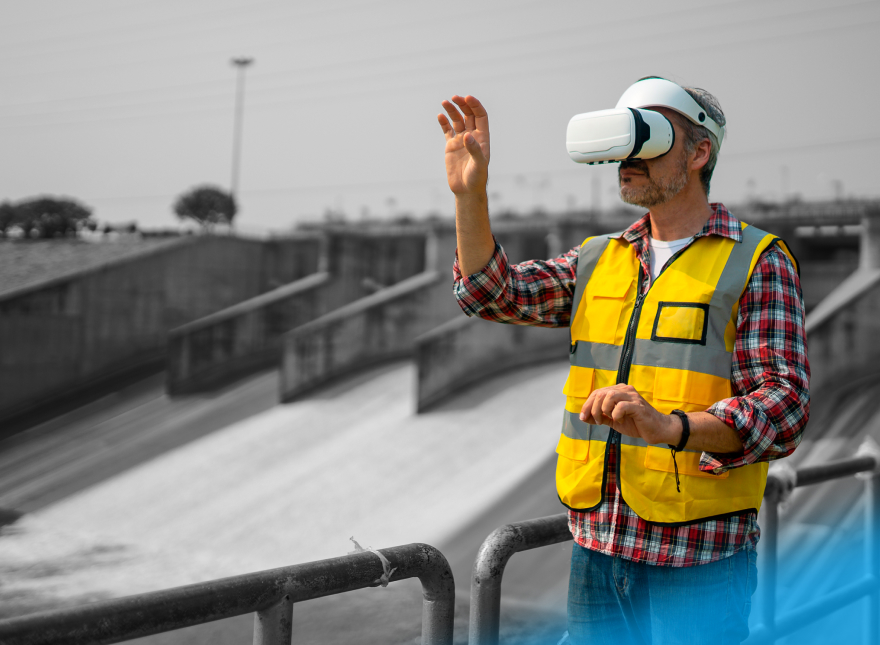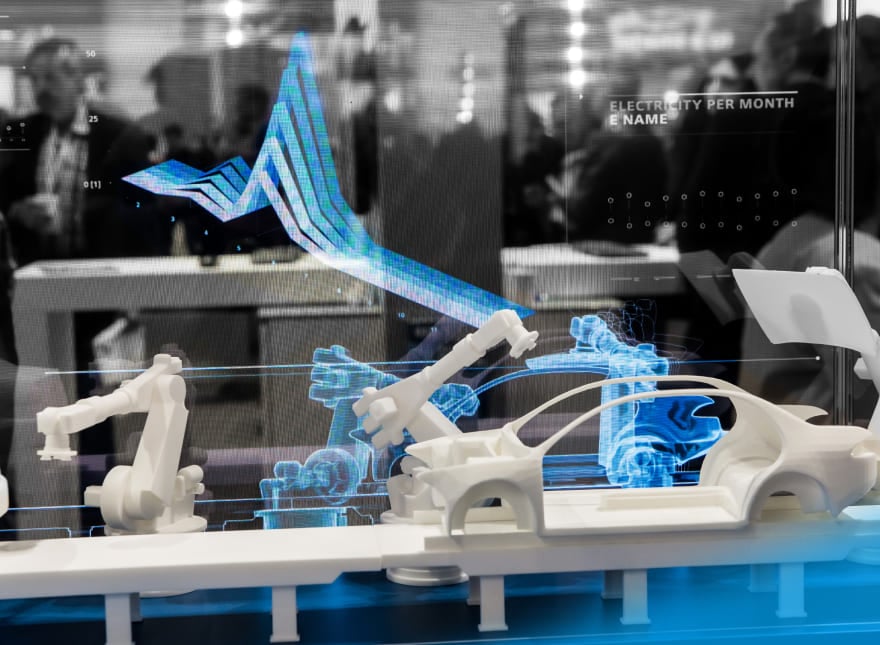IoT for Energy Efficiency: Key Application Areas
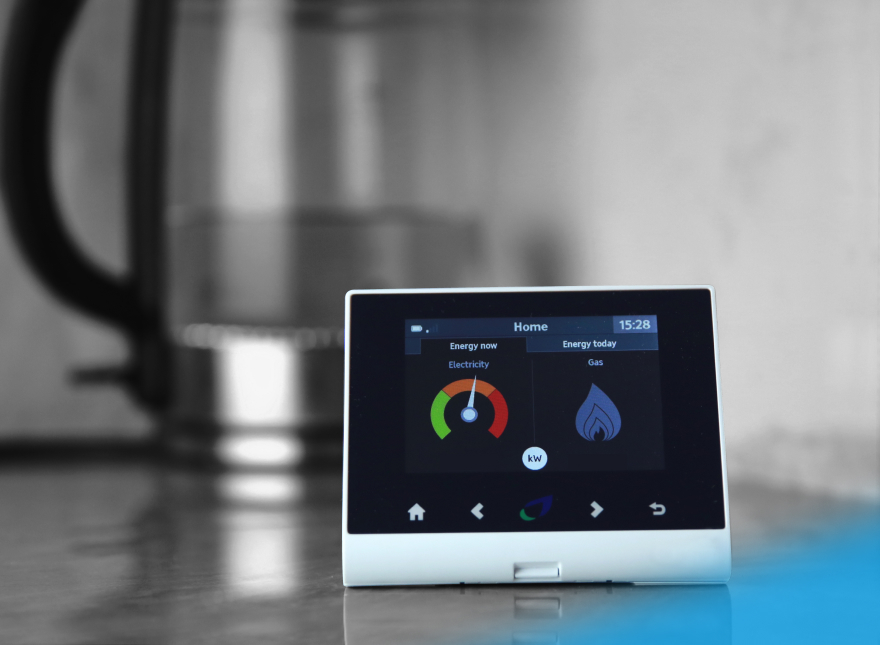
We need energy for heating or cooling homes, lighting offices, and using electronics. Manufacturing of products also requires energy. The volume of global energy consumption has exceeded the level of 160,000 TWh and is still growing each year. Smart energy solutions are here to eliminate energy waste from these volumes.
It’s not only about saving money. IoT allows for measuring energy spent and preventing its waste and thus has a positive impact on the environment and factors contributing to climate change. It also encourages people to opt for renewable energy.
Globally, IoT revolutionizes the way we generate, manage, and distribute energy. An everyday example is a smart utility meter for tracking electricity consumption. With IoT, such devices can be attached to a building and connected to a smart energy grid. This enables utility companies to collect sensor data from meters in real time. No human interaction is required.
More proven application areas of energy management using IoT and the powerful perks it brings to the energy sector can be found below.
Table of Contents
Smart Energy Management in Action
IoT with AI in the pipeline, cloud computing, and other technologies transform the energy sector. Companies generate and distribute energy differently with IoT. (Consider smart metering devices, solar energy, and wind tech.) There’s a new way that utility companies and their customers interact as well. Let’s take a closer look at the three common application areas for energy management using IoT .
Smart Metering Systems
During the last 30 years, the average electricity bill has nearly doubled—from $745 in 1990 to $1,380 in 2019 per year. Additionally, consumer bills have jumped nearly 10% since COVID-19 started. Decreasing energy consumption can slow these numbers down. And IoT is here to help make energy management more effective.
Consider smart meters that replace analog solutions for tracking electricity. These consumer-facing devices track energy consumption and send this data to utility companies. It’s also possible to connect individual smart meters into a network—a smart energy grid.
Sense, a smart home energy monitor, is an example of a device tracking household electricity usage in real time. It can tell how much energy each in-home device uses—from bathroom lights to water heater to garage door—and identifies spenders. What’s more, the device can send alerts if an iron is on or a refrigerator is off.
Benefits
Smart metering systems benefit residents, companies, and utility providers. The key perks are:
- revealing usage trends and peak times
- forecasting demand for electricity
- optimizing distribution and pricing
Smart HVAC Systems
Heating, ventilation, and air-conditioning (HVAC) take an enormous amount of energy in residential and commercial buildings. They’re responsible for up to 60% of the total power consumption. With IoT on board, it’s easy to regulate the level of energy consumption in real time.
A smart energy system allows you to watch and manage temperature, lighting, and humidity. You can build a multi-zone variable air volume (VAV) system to track each air-conditioning area separately. IoT-powered HVAC systems also make it possible to detect issues and find their root causes.
Benefits
With IoT-powered heating, ventilation, and air-conditioning systems, it’s possible to:
- cut electricity bills for residents and companies
- distribute areas of energy consumption and monitor them separately
- provide better conditions for residents
- keep equipment highly-functional
- address performance issues and prevent equipment downtime
- help governments reduce carbon emissions

Energy System Monitoring and Maintenance
Problems with energy systems are cheaper to predict than to deal with the consequences. Moreover, it may be quite hazardous to go in person to detect issues across energy equipment. Opt for IoT development and you’ll be able to check many system metrics remotely in real time. These include performance, operating efficiency, and the wear and tear of equipment. Monitoring of energy systems simplifies maintenance and increases the productivity of energy flow. AI in the pipeline helps predict possible failures.
Energy companies can use sensor data to schedule and optimize maintenance services and so reduce the risk of downtime. An example is a tandem with digital twin technology that helps reduce high repair costs. Sensors attached to physical units can feed performance data to virtual replicas of equipment units—digital twins. Thus the technology enables remote support and virtual bug fixing.
Benefits
Energy systems with IoT on board allow you to:
- watch crucial metrics like performance and wear and tear in real time and remotely
- cut costs for maintenance and repairs
- avoid interruptions in supply chain
- detect supply issues and respond to them immediately
Smart City Infrastructure
Scientists blame cities for more than 70% of global CO2 emissions. Traffic, pollution from industrial plants, and inefficient public transport cause significant environmental issues. IoT can help urban communities reduce CO2 emissions and meet targets on carbon neutrality in a smart way. Today, two-thirds of cities around the globe use smart systems for traffic, security, and water level monitoring. Energy management using IoT is also in this list.
Examples vary from connected street lights to electrified public transport. Thus, Chicago is upgrading outdoor lighting by changing 270,000 outdated lights with new energy-efficient LEDs. The city developed a modern lighting management system to improve maintenance and repairs. Berlin is integrating e-carsharing and building new charging stations. Seoul is investing in connected vehicles.
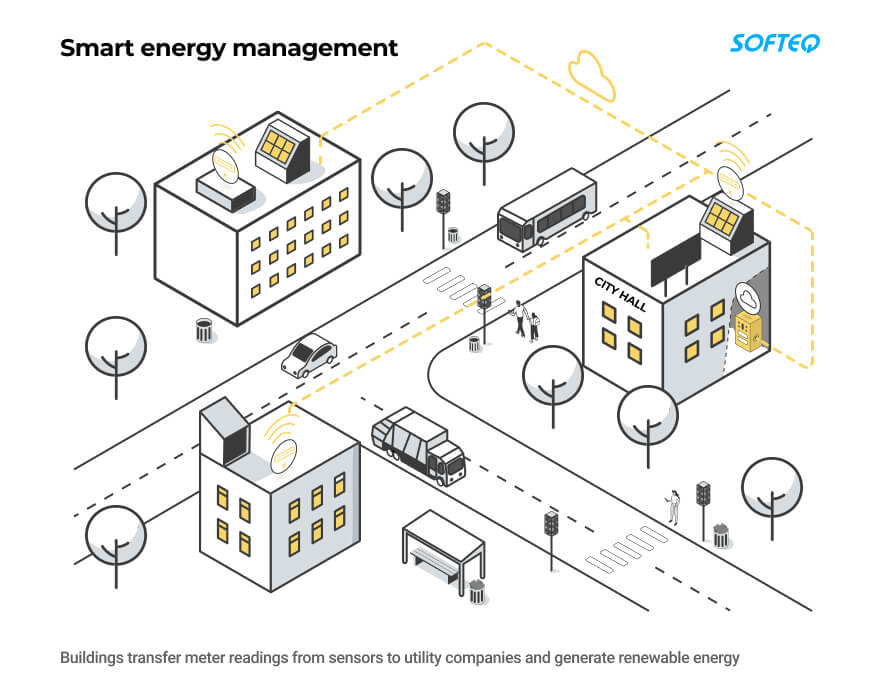
Benefits
IoT-powered energy management helps city governments:
- optimize power consumption
- cut city operating costs
- increase safety
- reduce carbon emissions associated with energy usage
Main Perks of Energy Management Using IoT
Smart meters, intelligent HVAC solutions, and smart city systems bring the energy sector to the next-level. Both energy businesses and power consumers benefit from the use of IoT for energy efficiency. By this we mean saving money, optimizing energy use, changing business practices, and contributing to sustainability. Here’s what you get if deploy IoT for energy management:
Avoid energy supply breakdowns
With IoT, you can control energy distribution throughout all facilities in real time. You get a full picture of usage patterns and aspects like pressure and temperature. In tandem with AI, it helps you predict peak times and avoid breakdowns. The technology makes it possible to reveal abnormal patterns and detect issues immediately. Moreover, you can react and fix problems remotely. Thus, IoT-rich monitoring equipment helps improve maintenance and prevent failures.
Decrease volumes of energy consumption
A smart device doesn’t save energy by itself. But it pushes customers to care about saving electricity. For example, they can choose off-peak times or even opt for renewable energy. Energy providers, in turn, watch electricity consumption and reveal patterns that optimize pricing. Additionally, remote monitoring decreases CO2 emissions associated with traveling for meter readings.
Another aspect of energy management using IoT is smart building automation. It helps customers consume as much energy as they need but without wasting it. Reams of sensors can detect human presence, measure temperature, and react to movements. With a smart, interconnected infrastructure, you can also analyze usage and make strategic changes to cut costs.
Follow state regulations
Many governments put a top priority on energy efficiency to enhance their economies. They want to both reduce dependency on foreign energy supplies and decrease the level of CO2 emissions. In 2021, 124 countries are committed to reaching carbon neutrality by 2050, but each has dealt with that differently. While Canada and Chile only made commitments on net zero emissions, Sweden and New Zealand already enacted some relevant laws.
Also, over 30 states defined Energy Efficiency Resource Standards (EERS) that help achieve specified levels of energy savings. Such targets are optional but tend to strengthen over time.
The IoT technology is here to help meet new targets. Sensors can measure everything that is supposed to be changed. Decisions based on collected data can change the behavior of customers, organizations, and entire cities. Urban areas need “green” business models. And IoT companies can help cities scale existing tech solutions for clean energy to make energy supply and distribution more efficient.
Speed up business changes
IoT technology can become a business change accelerator for energy and utility companies. With sensors, you can track how large facilities, factories, and buildings consume energy. So it’s possible to:
- optimize manufacturing operations and supply chain processes
- improve warehouse management
- and enhance security
With IoT for energy efficiency, companies can introduce better functionality with existing wiring and electrical systems.
Bottom Line
Energy management using IoT can empower plant growth and rooftop solar power plants. Smart systems reveal usage trends, prevent downtimes and interruptions in supply, and help optimize pricing. They bring a number of benefits for companies in the energy sector—both for grid operators and asset owners:
- more reliable and stable energy supply
- higher efficiency of energy distribution
- more data sources and insights on energy consumption
- cost savings
So if you want to bring energy consumption to the next level with IoT, we are your team. Softeq professionals are here to help you shape the right idea and implement a complex tech-rich solution, all under one roof.
More articles on the topic
